Astigmatism Treatment
WHY CHOOSE US?
Laser Eye Surgery for Astigmatism - Options
Astigmatism is an eye condition that affects the clarity of vision, making it more difficult to focus on objects at both near and far distances. NewVision Clinics has a number of options when it comes to laser eye surgery for astigmatism.
Astigmatism
What is Astigmatism?
In a normal eye, the front of the eye, known as the cornea, is round like a soccer ball. In astigmatism, it usually looks more like an Aussie rules football since the curve of the cornea is not the same in the horizontal and vertical plane. This distortion causes the incoming light rays to focus at multiple points in front or behind the retina, which results in blurred vision.
Although astigmatism can exist as a problem by itself, it usually occurs together with myopic (short sight) and hyperopic (long sight) spectacles.
Signs and symptoms of astigmatism may go unnoticed, but more significant amounts of astigmatism will cause symptoms such as blurred vision in the distance or when reading. Other symptoms such as squinting, fatigue and headaches may occur.
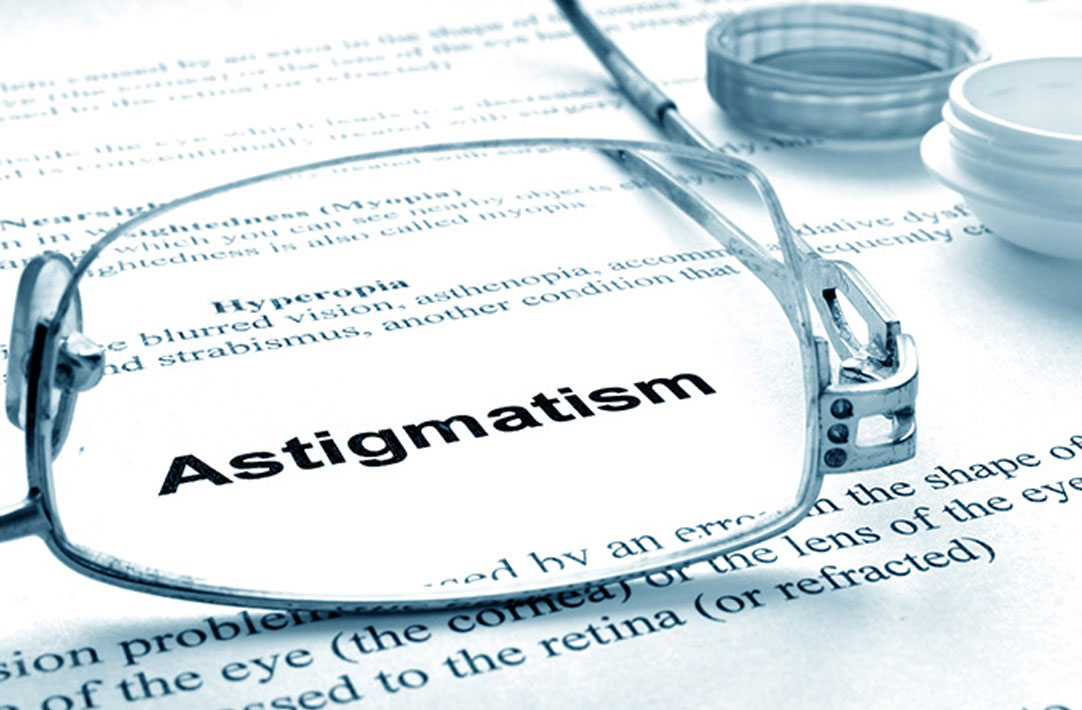
Astigmatism
Laser Eye Surgery for Astigmatism
The astigmatism treatment depends on the degree of severity but commonly include glasses or toric contact lenses that help bring the light into focus. However, since laser eye correction gently changes the curve of the cornea, it now provides outstanding results for anyone with corneal astigmatism.

Astigmatism
Astigmatism Treatment and Laser Eye Surgery for Astigmatism
Laser eye surgery can be the perfect treatment choice for astigmatism sufferers.
With Excimer laser correction, the oval shaped astigmatic cornea is made rounder by removing more tissue in one plane of the cornea than the other. And because laser eye surgery corrects short-sightedness and long-sightedness as well as astigmatism all in one simple procedure, it’s the ideal solution for astigmatic patients.
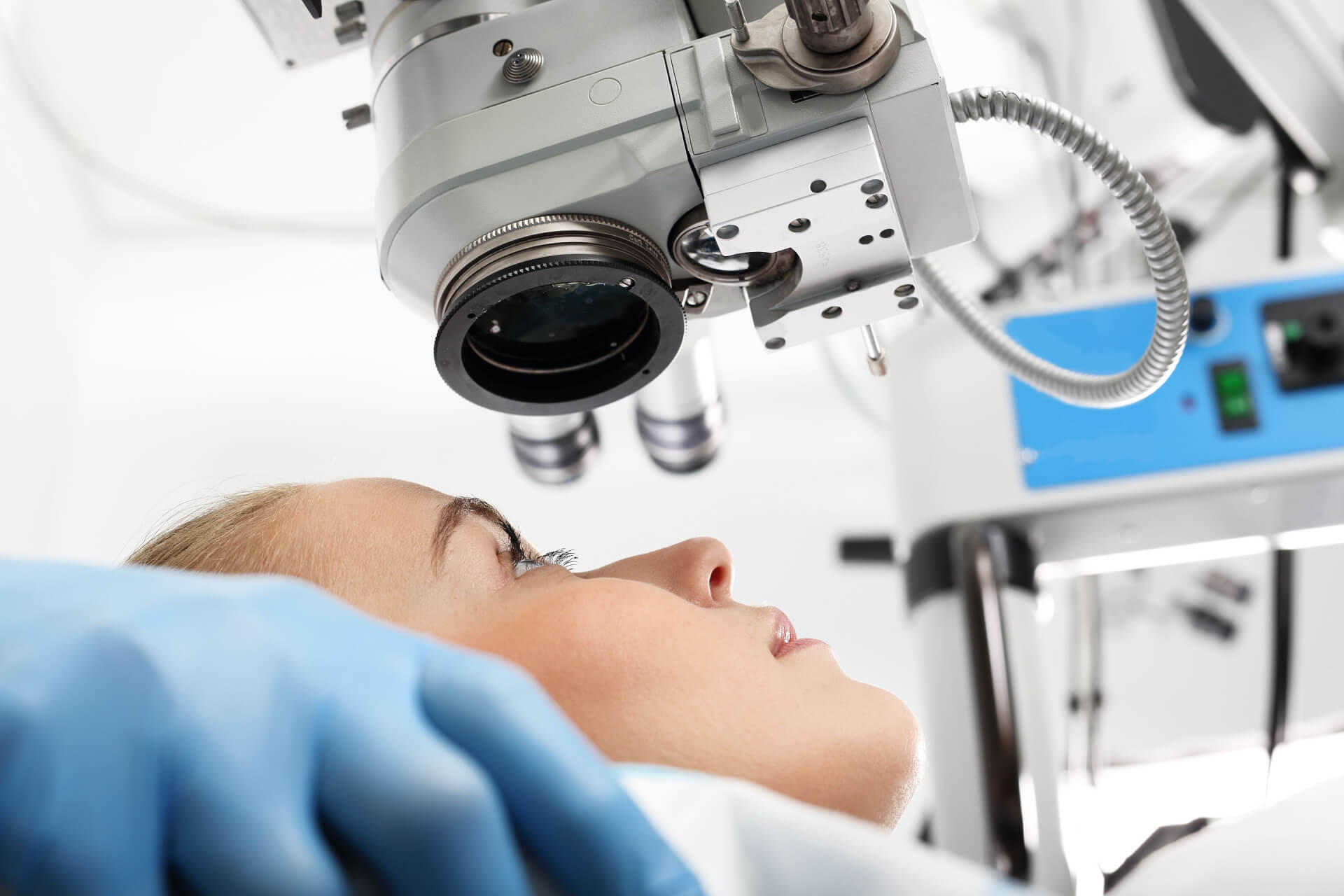
Can I Have Laser Eye Surgery if I Have Astigmatism?
The short answer is yes, you can have laser treatment for eyesight affected by astigmatism. At NewVision Clinics, we offer advanced laser eye surgery for astigmatism using the latest technology and techniques. Our highly experienced team, led by a world-renowned surgeon, has delivered outstanding results for thousands of patients. Treatments like LASIK surgery for astigmatism gently reshape the cornea to correct its uneven curvature, helping you achieve clearer, sharper vision.
Optimal Treatment of Astigmatism Using the Vector Planning Method developed by Professor Alpins’
Many different eye measurements are performed during your first consultation with NewVision Clinics. We not only accurately measure your spectacle prescription but also the shape of the cornea (the front part of the eye, which is changed during refractive laser surgery). The tomography measures the shape of the front of the cornea as well as the back of the cornea, the thickness of the cornea and any irregularity in the cornea.
In many clinics, the spectacle prescription alone is entered into the laser system. What separates NewVision Clinics from other clinics is the incorporation of the corneal shape measures (that is, the shape of the eye) into the treatment plan. This is done in all cases where astigmatism is treated, maximising the treatment of astigmatism to optimise the visual outcome by both corneal and refractive parameters.
This method, known as Vector Planning, has been developed by Professor Alpins. In many cases we are able to treat astigmatism which other clinics have opted not to because of this method and the expertise of Professor Alpins and his staff.
To find out more information about your astigmatism treatment, Doctor, recovery and cost, Read More.
LASIK Treatment
LASIK eye surgery for astigmatism (Laser-Assisted-In-Situ-Keratomileusis) is a safe and painless procedure.
Over 80% of patients having laser eye surgery will undergo this treatment, and over 35 million people have enjoyed its results worldwide. The result of our LASIK eye surgery Melbourne-wide is simply fantastic.
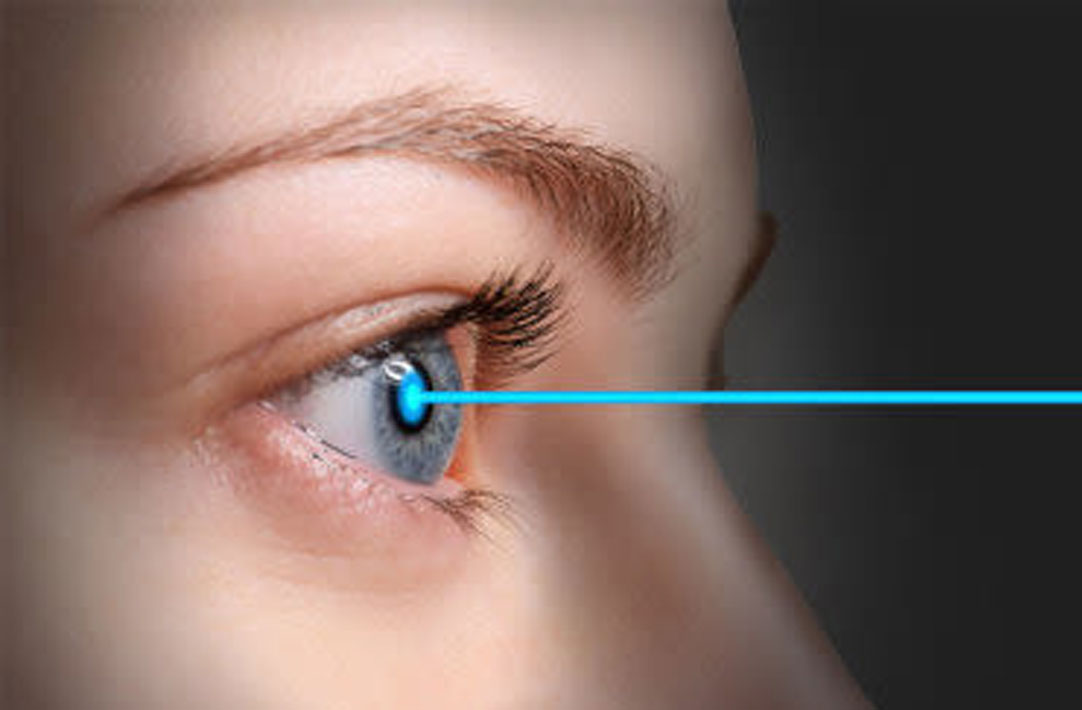
PRK Treatment
Prior to the development of LASIK for astigmatism, Photorefractive Keratectomy or PRK eye surgery was the first procedure. It has undergone many advances and innovations since its introduction more than 30 years ago.
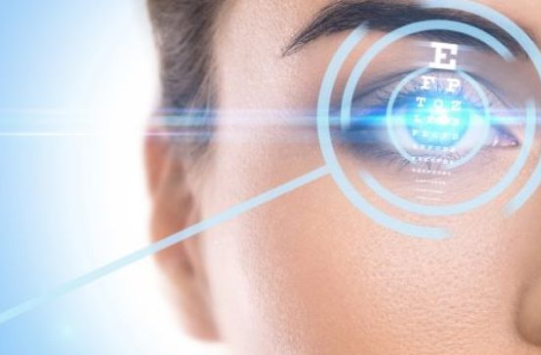
SILK Treatment
SILK™ (Smooth Incision Lenticular Keratomileusis) is a technologically advanced, keyhole laser vision correction procedure that may allow people to see the world free from glasses or contact lenses. With the SILK™ procedure most patients experience outstanding vision from day one with fast visual recovery – but results can vary from patient to patient.
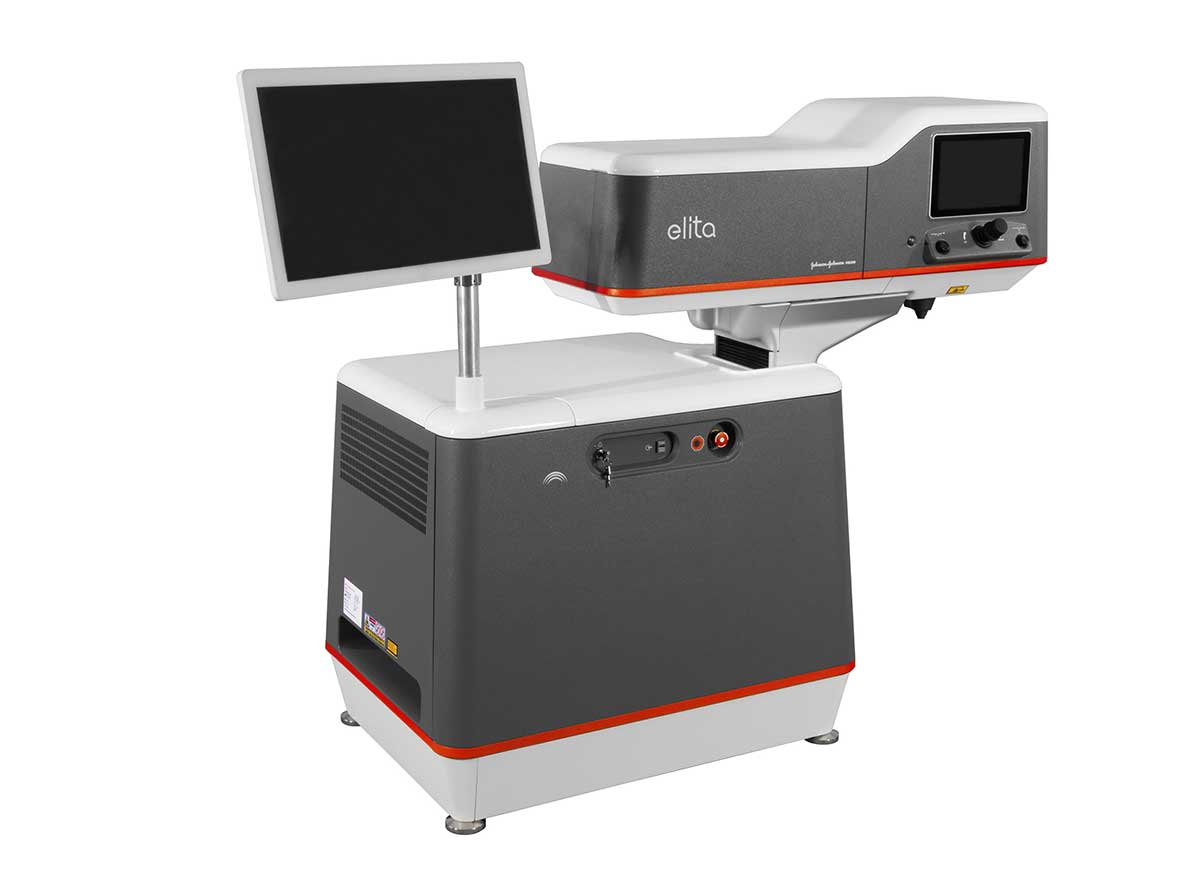
Treatments
How do they compare?
The total time for each procedure is between 15-20 minutes for both eyes, although the laser treatment itself lasts only seconds. Long-term results are permanent and equally as good with either method although good quality vision is reached quicker with LASIK. For this reason, LASIK surgery for astigmatism is the preferred choice for correcting vision for most patients.
| PRK | LASIK | SILK |
|---|---|---|
| Prior to the laser treatment, the epithelial layer of the cornea is gently brushed away. | Prior to the laser treatment, a hinged flap is created on the cornea either with a laser or a microkeratome. | Laser is used to create a lens within the cornea through a key-hole incision. |
| After the laser treatment, a bandage contact lens is placed onto the eye, while the epithelium grows back usually within three days. | After the laser treatment, the flap is replaced. The epithelium has been minimally disturbed explaining the quick recovery of clear vision. | After the laser treatment, the lenticule is removed via the small key-hole incision to reshape the cornea. |
| Healing takes longer to achieve, compared to LASIK and SILK, with functional vision achieved within seven days. | Healing is rapid, compared to PRK. | Healing is fast, compared to PRK. |
| Excellent vision is expected within a month equivalent to Lasik although most patients can drive and watch TV and return to work in a week. | Excellent vision is reached within a day, and most patients can return to work as soon as the check-up on the following morning. | Excellent vision is achieved within days, and most patients can drive and return to work in this time. |
